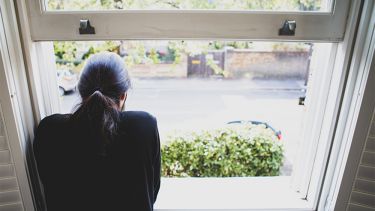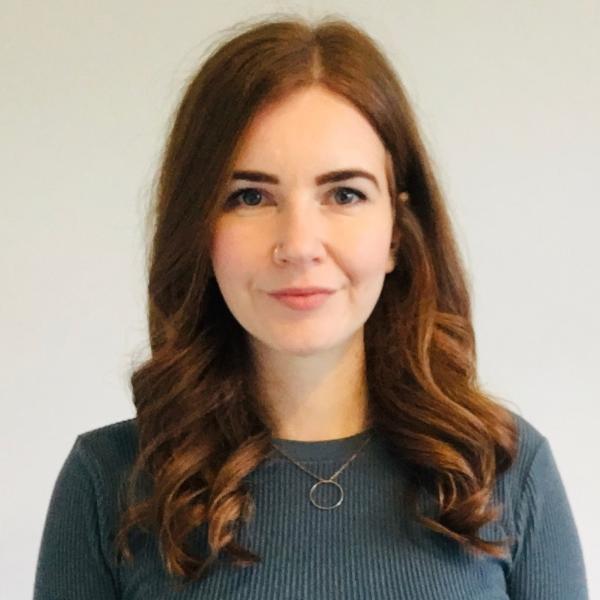- Data from more than 8,000 NHS patients identifies five distinct subtypes of depression
- Analyses show that distinct subtypes respond differently to treatment
- Findings published in Depression & Anxiety highlight need to more precisely diagnose mental health conditions so that the most suitable treatments can be accessed
Five subtypes of depression have been identified in new research from the University of Sheffield and Ieso Digital Health1. Patients with each subtype show distinct responses to treatment, a finding that could lead to a more tailored and effective approach to treating depression.
Globally, 264 million people suffer from depression and only half are expected to recover, even after treatment. Depression is characterised by a variety of cognitive (low mood, repetitive negative thoughts, suicidal ideas), affective (loss of pleasure and motivation), and somatic (difficulties with sleep and changes in appetite) symptoms. However, not all patients will experience all of these symptoms.
The wide range of symptoms experienced under the single diagnosis of ‘depression’ are thought to be masking the fact that some treatments are more effective for certain patients. Selecting treatments based on a more precise assessment of a patient’s symptom profile could improve clinical outcomes.
By analysing the type and severity of symptoms experienced by more than 8,000 patients receiving in-person cognitive behavioural therapy (CBT) through the NHS, researchers were able to group patients into five broad depression subtypes: mild, severe, cognitive-affective, somatic and typical.
Further analyses showed that distinct subtypes respond differently to treatment - cognitive-affective patients were more likely to engage, attend more sessions, and attain reliable improvement, compared to the typical and somatic types. Meanwhile, patients with a typical subtype were more likely to drop out of treatment than those with cognitive-affective and somatic subtypes.
Dr Melanie Simmonds-Buckley, University of Sheffield, lead author on the Depression & Anxiety paper, commented: “Given how different depression can be from one person to the next, a treatment that works for one person may not work as well for another. Our findings have helped to identify how symptom profiles can be grouped into replicable subtypes of depression, showing that not all patients respond to CBT treatment in the same way. We now want to understand which other available treatments work best for patients with each depression subtype to help them to access the most appropriate treatment.”
The results from this study replicated findings from a 2020 published paper which analysed data from nearly 10,000 NHS patients who received internet enabled CBT2.
Dr Ana Catarino, Director of Clinical Science at Ieso, and an author on both papers, added: “It has been hugely valuable to replicate our original findings from internet-enabled CBT with patients who have received CBT face-to-face. Our hope is that the subtyping algorithm we have developed can be applied more broadly and, ultimately, lead to improved outcomes for patients through a more precise approach to diagnosis and treatment selection. The next step towards this goal will be a clinical trial to uncover the specific treatment types that work best for each subtype.”
The subtyping algorithm developed from these two studies, and now validated with data from more than 18,000 patients, could be applied to the information provided by patients newly diagnosed with depression to identify their subtype. Those with depression subtypes that have higher chances of dropout and lower chances of symptomatic improvement could be identified in their first therapy session and prioritised for clinical supervision. In particular, those with somatic depression, who are also more likely to have other long-term health conditions, may benefit from integrated care from medical and psychological specialists.



